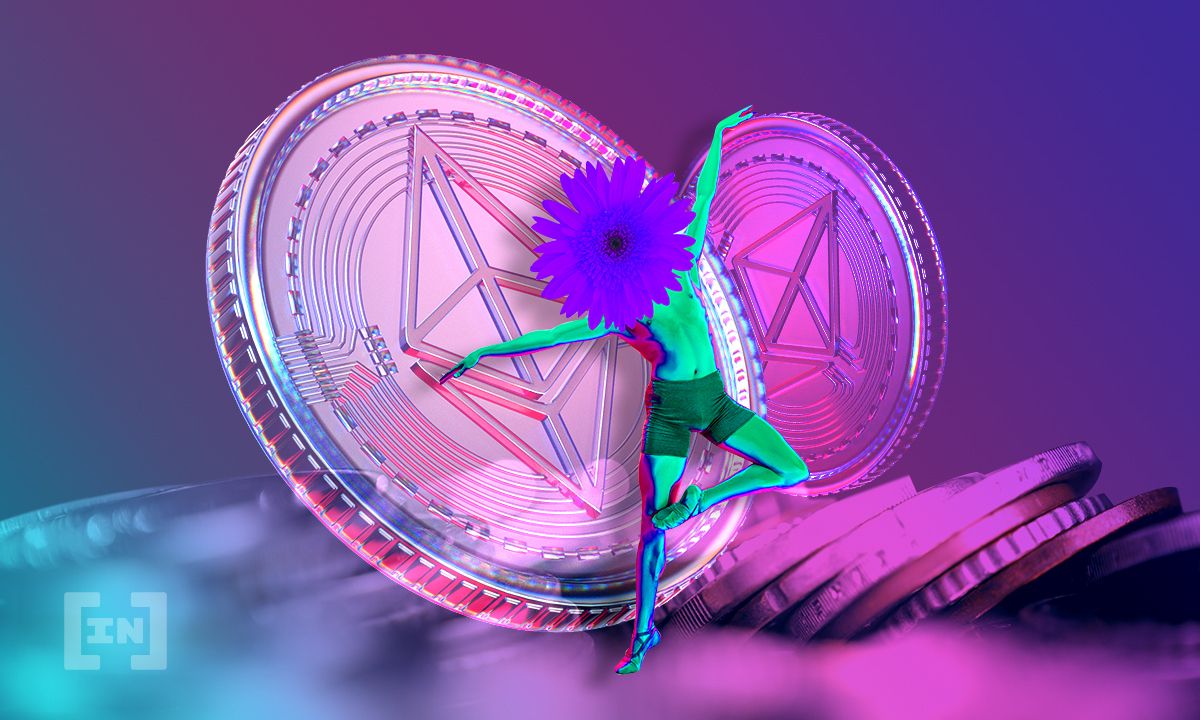Network data shows that Ethereum has burnt over 2 million ETH, worth about $5.7 billion, since the introduction of EIP-1559. The burning mechanism was introduced as a part of the London hard fork in August 2021.
Data from Watch the Burn shows that over 2 million ETH — worth about $5.7 billion — has been burned since Ethereum implemented EIP-1559. The latter is a real-time burn mechanism that arrived with the London hard fork in August 2021.
Burning Ethereum to balance gas fees
The burn mechanism was incorporated to help stabilize high gas fees that the network is known to suffer from. Additionally, it would help fight inflation that is associated with miner rewards. The implementation saw 1.9 million coins permanently removed from the circulating supply, with additional burnings of 100,000 taking place in just a few weeks.
In addition to the 500% growth in burned ETH, much has happened in the Ethereum network since the London hard fork. Most notably, the merge was successfully integrated into the Kiln testnet, bringing the beacon chain to the latter. More testnet integrations will arrive for the merge, before it hits the mainnet sometime later this year.
The Ethereum Foundation asked stakeholders to perform tests on Kiln to ensure a smooth transition. The milestone was a large one for Ethereum, and is the start of a major stretch of integrations. There is also more on the horizon, which bodes well for the network.
Vitalik talks about Danksharding in EIP-4844
Recently, Ethereum co-founder Vitalik Buterin spoke of EIP-4844, breaking down the technical information in a FAQ. The new improvement proposal would introduce a feature called Danksharding, a new sharding design “which introduces some significant simplifications compared to previous designs.”
Danksharding will introduce the “merged fee market,” where one proposer chooses all transactions and all data fits into that slot. This is as opposed to a fixed number of shards that each have distinct blocks and block proposers.
Buterin talks about many other technical aspects of Danksharding, so it’s worth reading in full. The change is yet another in what is turning out to be a monumental year for Ethereum. Sharding will bring tremendous changes to the network and should make it even more of the haven of DeFi that it already is.
Disclaimer
In adherence to the Trust Project guidelines, BeInCrypto is committed to unbiased, transparent reporting. This news article aims to provide accurate, timely information. However, readers are advised to verify facts independently and consult with a professional before making any decisions based on this content. Please note that our Terms and Conditions, Privacy Policy, and Disclaimers have been updated.


